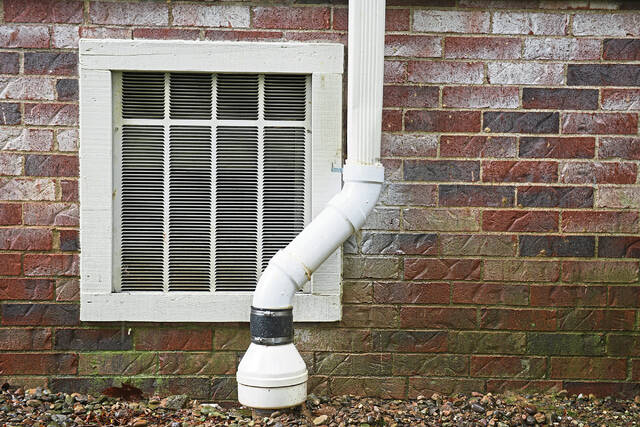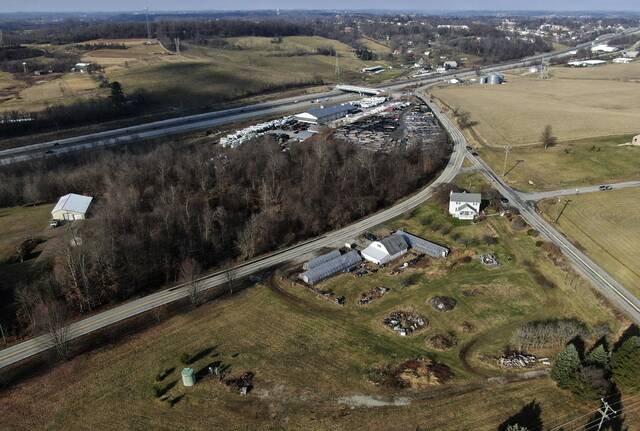Despite its prevalence in Western Pennsylvania, radon — the odorless, colorless gas that results from the breakdown of naturally occurring radioactive elements in soil and rocks — has been largely ignored even as it causes an estimated 21,000 deaths annually in the U.S, according to the American Lung Association.
The majority of schools in the region do not test for it. In the past decade, at least five bills that would require testing in schools have been tucked away in legislative committees, never coming to a hearing or a vote.
Officials at environmental nonprofit Protect PT aren’t waiting for progress at the legislative level. They have purchased several radon monitors and will host an online presentation Thursday to educate homeowners about it.
“Right now, studies show that about 40% of homes in Pennsylvania have radon and, for the most part, any level is not good,” said Jenna Rindy, Protect PT’s environmental scientist.
On its website, the citizen’s group says mission is “working to ensure the safety, security, and quality of life from the effects of unconventional gas development in Penn-Trafford and surrounding communities in Westmoreland and Allegheny Counties.
The group has developed a radon air monitoring program that allows homeowners to rent an EcoSense radon detector.
“We can install the monitors and determine the regular levels and the peaks,” Rindy said. “Then we prepare a report noting the levels and our recommendation to mitigate it.
A reading of 4 picocuries per liter is considered dangerous, and Rindy said any level above 2 picocuries per liter is a candidate for mitigation.
Protect PT can connect homeowners with one of several local businesses to perform the mitigation.
One of those local businesses is SWAT Environmental, with an office in Greensburg.
SWAT Sales Vice President Phil McDonnell said mitigating a radon problem is never a cookie-cutter process.
“There are a number of things that affect how we approach it, like do you have a basement, a crawlspace, an enclosed garage, the square footage and, of course, the levels of radon and where any ‘hot spots’ might be,” McDonnell said.
Generally speaking, however, the mitigation process involves finding a safer route for the radioactive gas to vent outside, where it quickly dissipates.
“You’re not going to stop it because it’s a naturally occurring process,” McDonnell said. “So you’re redirecting the gas, which is much more dangerous when it’s in an enclosed space like a home.”
Thursday’s presentation will take place via Zoom at 6:30 p.m. Anyone interested can sign up to attend at ProtectPT.org/events.
Radon is the second-leading cause of lung cancer after smoking, according to the American Lung Association. It seeps into basements through cracks in walls, foundations and other openings.
The Tribune-Review conducted an investigation over the summer into radon testing, why schools do not undergo the relatively inexpensive testing process and why legislative efforts to address it do not succeed.
This story was updated Oct. 22 to remove the association of HEPA and other filters with radon, which is removed by direct ventilation, not air filtration.







